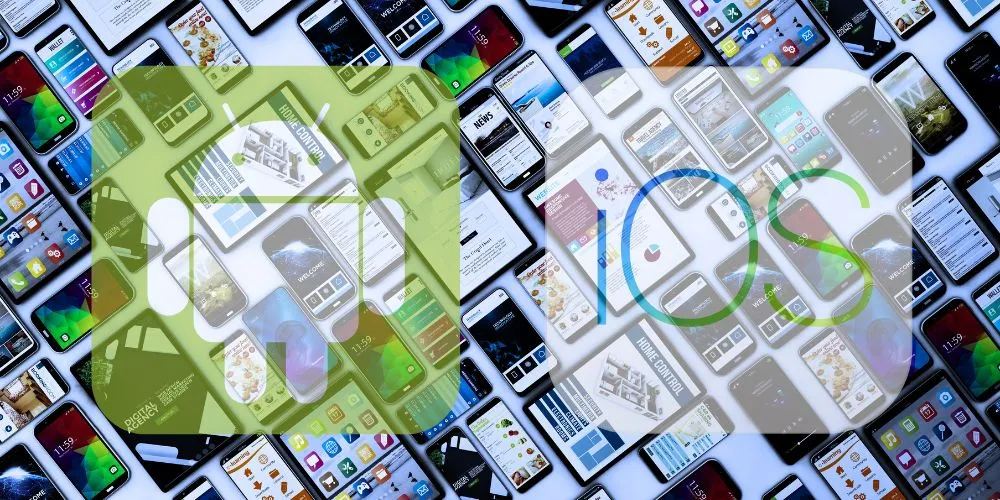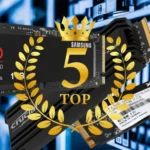Mobile operating systems are the foundation for smartphones and other handheld devices, providing the interface and functionality that users interact with daily. The market is primarily dominated by a handful of operating systems, each with unique features and characteristics. Here’s an introduction to some of the top 5 mobile operating systems.
Android (Google)
Developed by Google, Android is an open-source mobile operating system with widespread adoption across various manufacturers. Its standout features include extensive customization options, a diverse app ecosystem through the Google Play Store, and flexibility in terms of device types. Android’s open nature allows manufacturers to implement their customizations, resulting in various Android “skins.” This adaptability has led to various devices catering to different user preferences and price points.
- Open Source: Yes
- App Ecosystem: Large
- User Interface: Customizable
- Security: Good
- Privacy: Good
- Cost: Free
iOS (Apple)
iOS, Apple’s mobile operating system, is renowned for its closed-source nature, exclusively powering iPhones, iPads, and iPod Touch devices. Known for its polished and intuitive user interface, iOS emphasizes a seamless user experience with strict hardware-software integration. Regular updates ensure feature enhancements and security improvements, creating a controlled yet secure environment. The closed ecosystem extends to the App Store, a curated marketplace for iOS applications, which contributes to the platform’s stability and security.
- Open Source: No
- App Ecosystem: Large
- User Interface: Simple
- Security: Good
- Privacy: Good
- Cost: Free
KaiOS
KaiOS is a mobile operating system specifically designed for feature phones, offering a smartphone-like experience on less powerful and affordable devices. Focused on efficiency, KaiOS ensures that essential applications such as WhatsApp, Facebook, and Google Maps are available to users. The operating system has gained popularity in emerging markets where affordable feature phones are prevalent, bridging the gap between basic mobile functionality and smartphone features.
- Open Source: Yes
- App Ecosystem: Limited
- User Interface: Simple
- Security: Good
- Privacy: Good
- Cost: Free
Huawei HarmonyOS
HarmonyOS, developed by Huawei, is a cross-platform operating system that provides a seamless experience across various devices, including smartphones, tablets, smart TVs, and IoT devices. HarmonyOS is built with a distributed architecture, allowing devices to collaborate efficiently and share resources. The operating system’s development aligns with Huawei’s strategic move to reduce reliance on external operating systems, enhancing its control over the software ecosystem.
- Open Source: Yes (partially)
- App Ecosystem: Growing
- User Interface: Simple
- Security: Good
- Privacy: Good
- Cost: Free
Tizen (Samsung)
Tizen is an open-source operating system primarily developed by Samsung, with collaborative contributions from other companies. While it has found application in Samsung smartwatches, cameras, and some smart TVs, its presence in the smartphone market has been limited. Tizen is characterized by its flexibility and customization options, allowing manufacturers to tailor the operating system to their needs. Despite its niche market presence, Tizen represents Samsung’s efforts to diversify its software offerings.
- Open Source: Yes
- App Ecosystem: Limited
- User Interface: Simple
- Security: Good
- Privacy: Good
- Cost: Free
While there isn’t a diverse array of widely used mobile operating systems beyond Android and iOS, the landscape continues to evolve with experimental systems and variations developed by individual companies. Android and iOS remain the dominant players, each offering distinct advantages and catering to different user preferences. The choice between these operating systems often comes down to user preferences, ecosystem integration, app availability, and device compatibility. As the mobile technology industry evolves, it will be interesting to see how new entrants and advancements in existing platforms shape the future of mobile operating systems.











